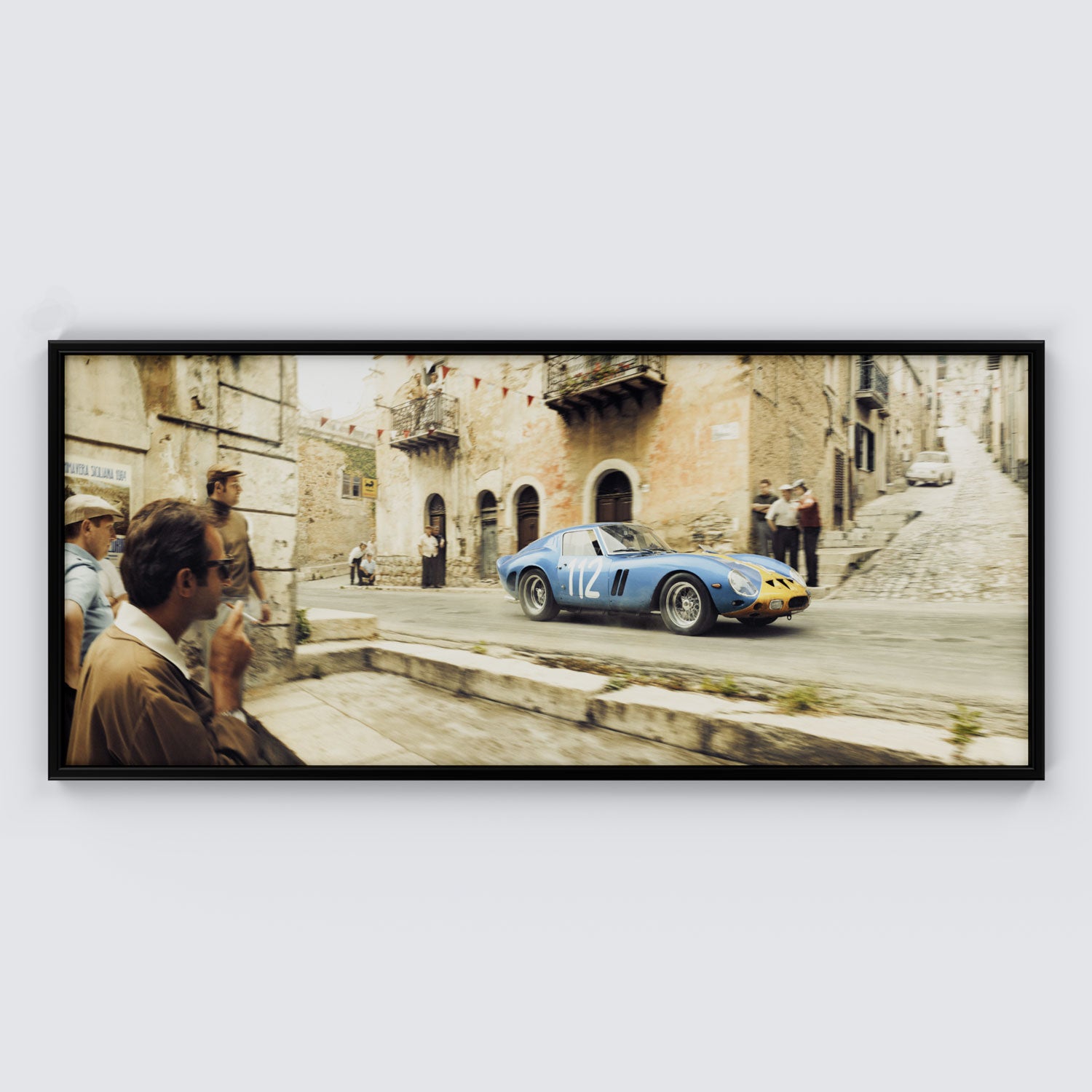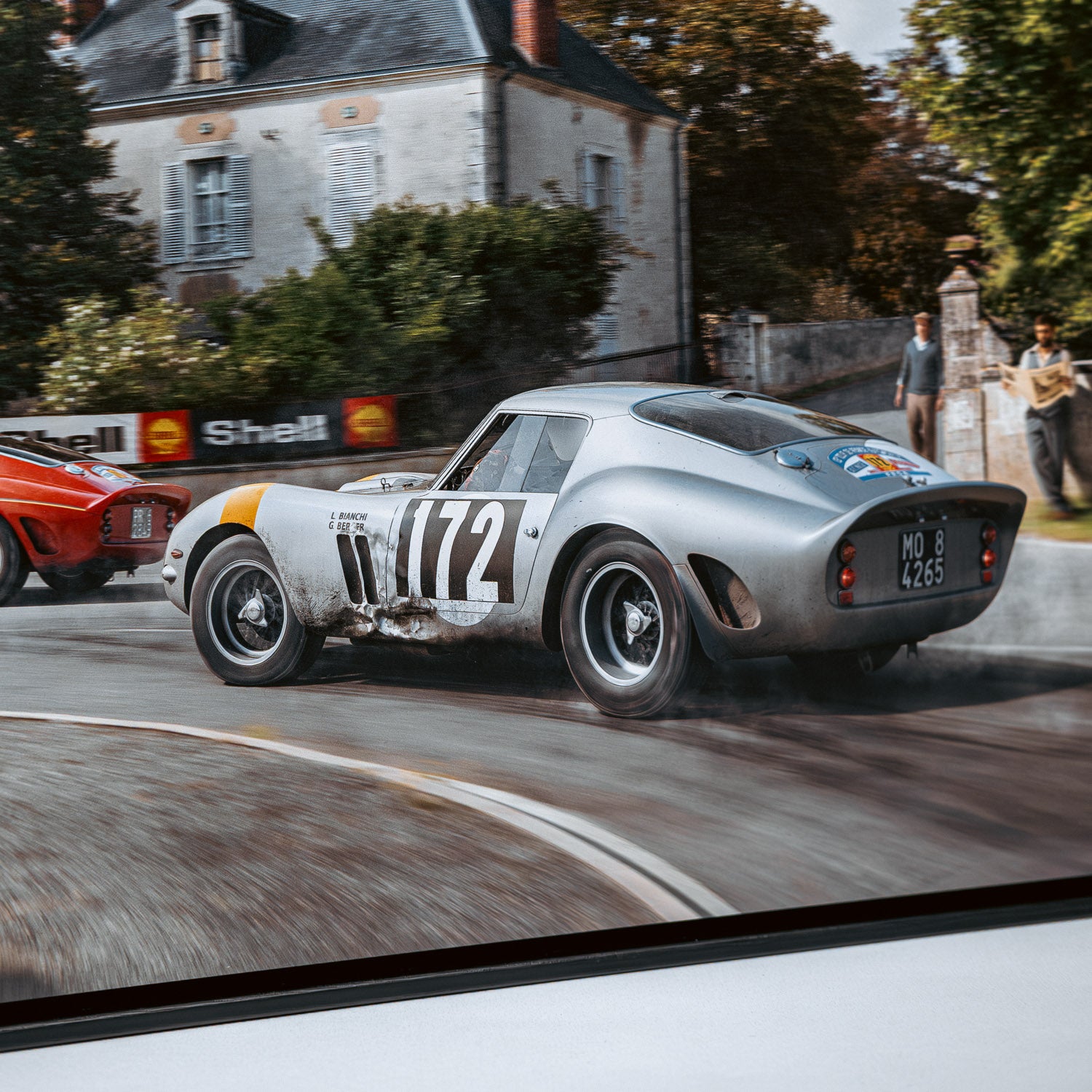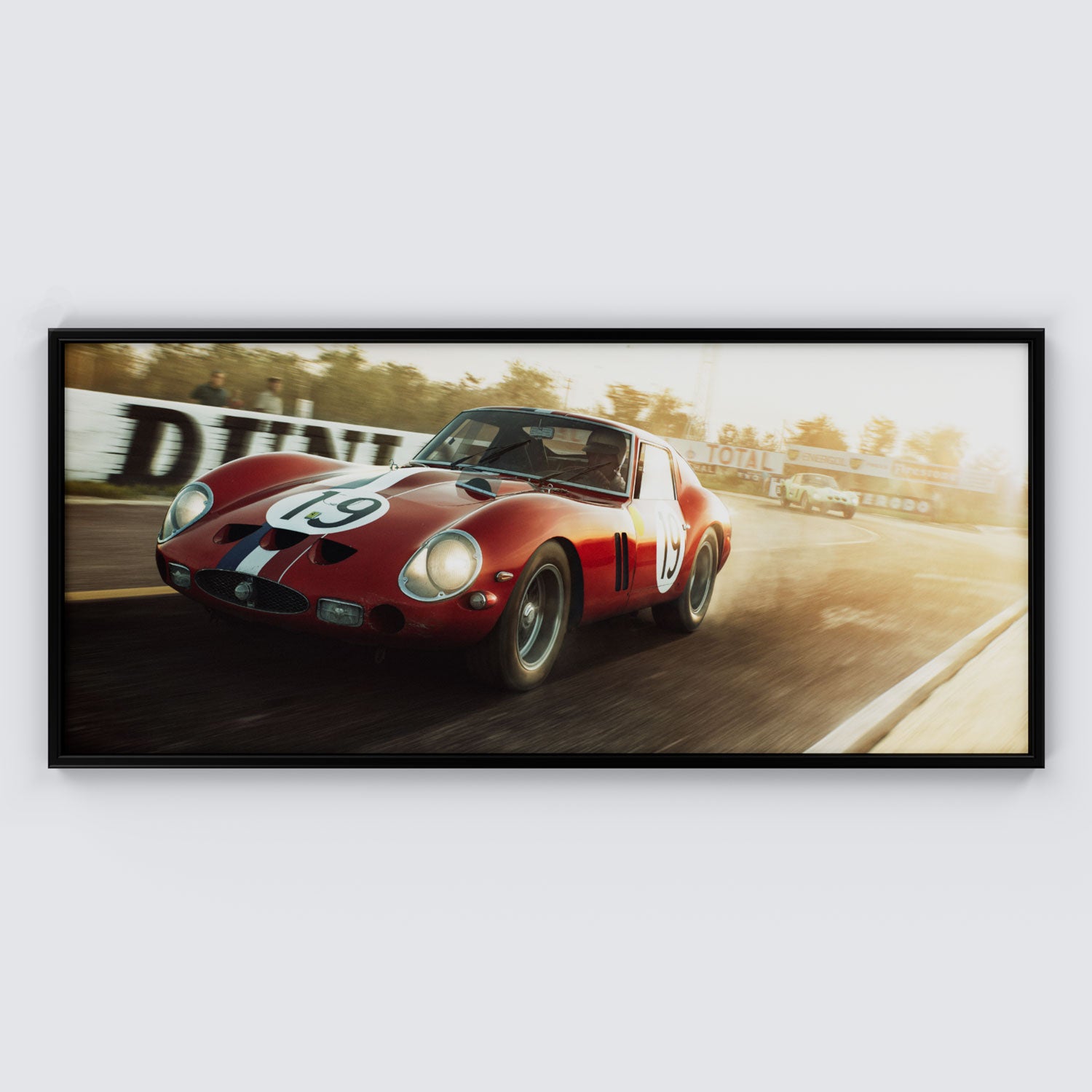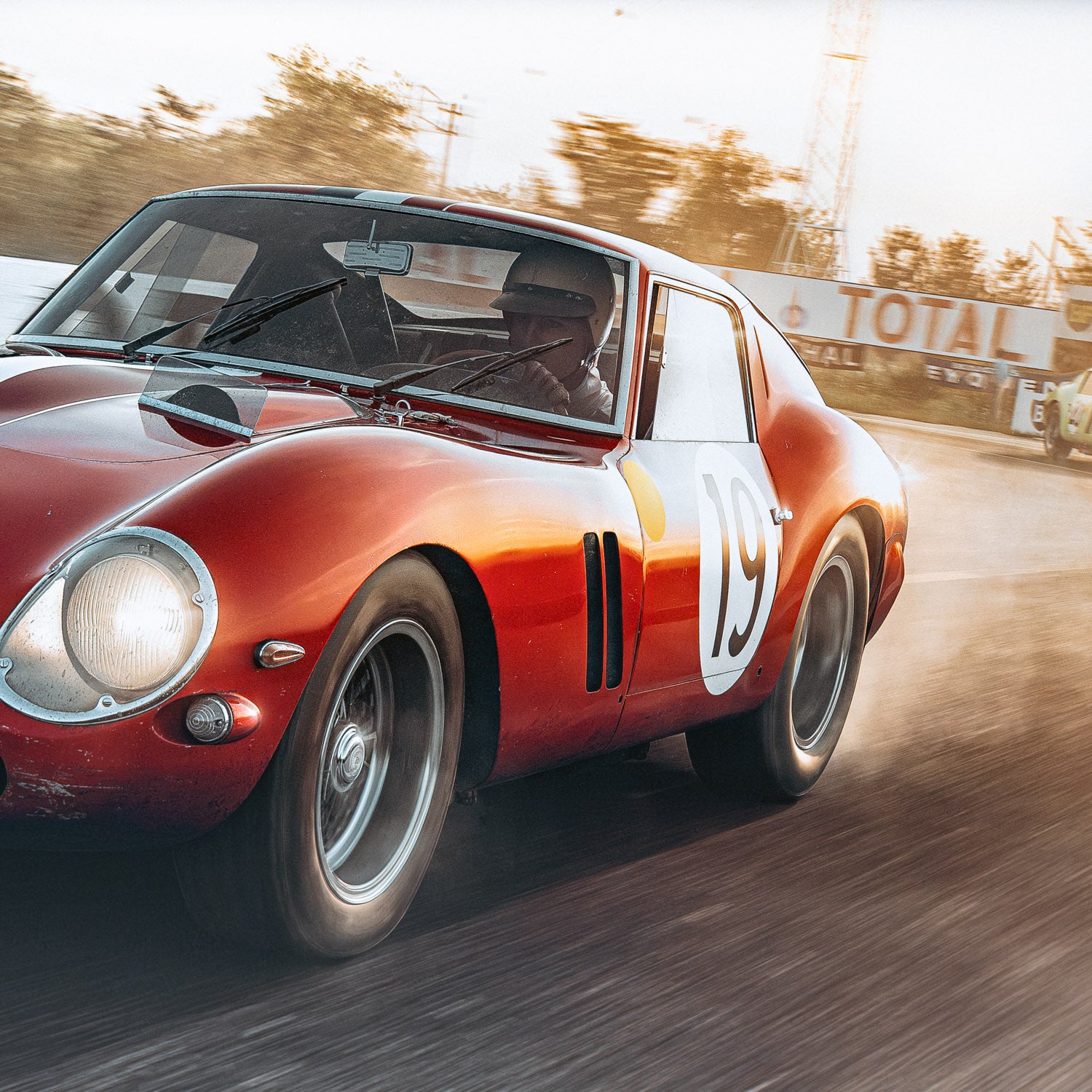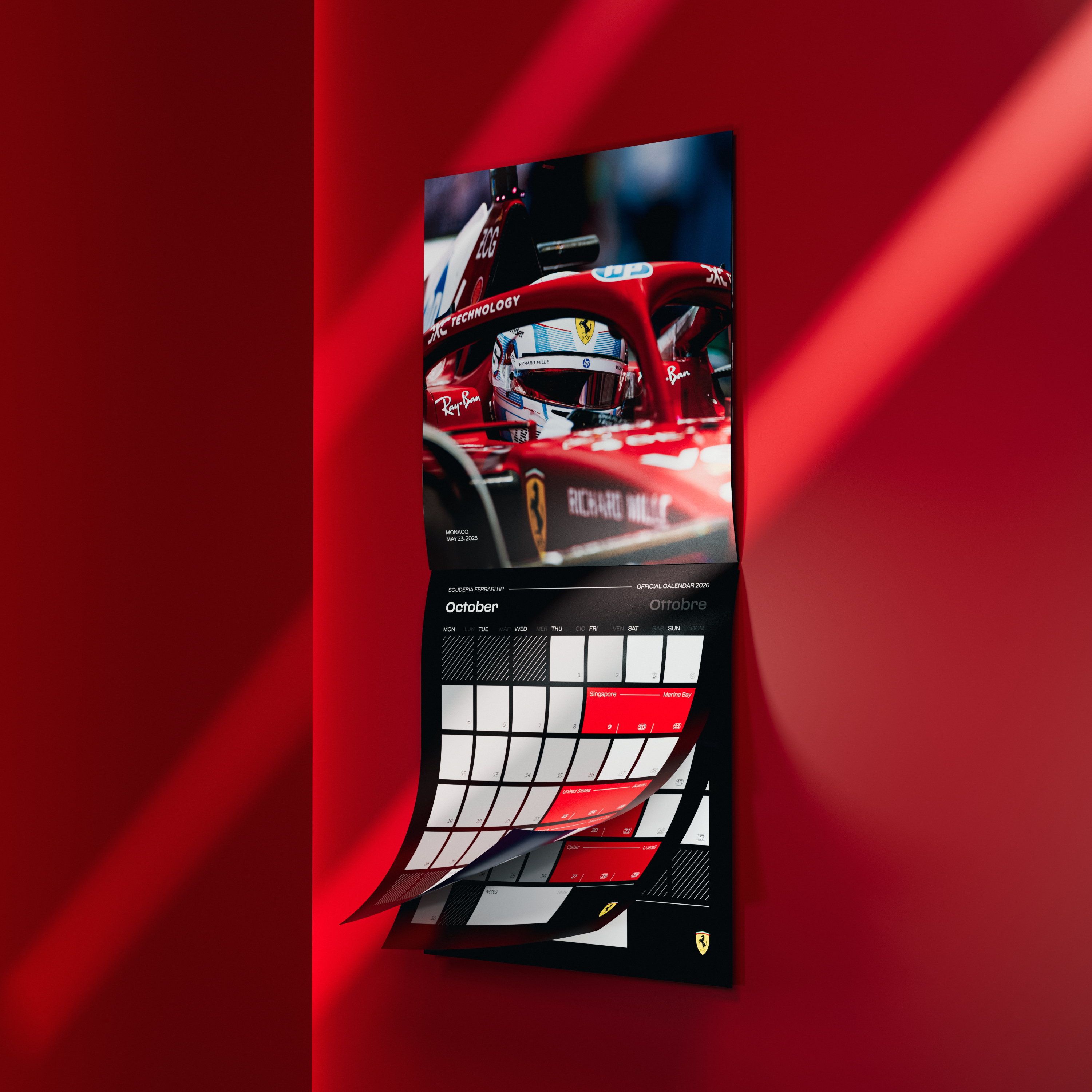Bentley’s racing heritage will forever be associated with the 4½-litre blowers of the late 1920s and the champagne-hued exploits of the Bentley Boys – a group of raffish, independently wealthy gentleman racers led by the even more obscenely wealthy heir to a Kimberley Diamond Mines fortune, Woolf ‘Babe’ Barnato.
Variously made up of an ex-fighter pilot, a Royal Navy submariner, an Olympic-standard swordsman, a dashing Harley Street specialist and a fabulously rich dilettante whose spare time away from the track was taken by racing boats and playing county cricket for Surrey, it was a band of brothers of which W. O. Bentley famously said: “The public like to imagine them living in expensive Mayfair flats, drinking champagne in nightclubs, playing the horses and the stock exchange, and beating furiously around the racing tracks at the weekend. Of several, this was not an inaccurate picture.”
With those credentials and such a character reference it’s hard not to be swayed by the debonair charms of the Bentley Boys and the 4 ½-litre Bentley and the famously fast but fragile supercharged version most associated with Sir Henry ‘Tim’ Birkin who championed the use of the blower to extract more speed at the expense of reliability.
 Bentley Mulliner completes the first prototype for the Blower Continuation Series. Image courtesy Bentley Motors/Bentley-press.be
Bentley Mulliner completes the first prototype for the Blower Continuation Series. Image courtesy Bentley Motors/Bentley-press.be
But while the 1929 Le Mans 24 Hours in which Bentleys occupied the top four places passed into racing legend and cemented the reputation of the Bentley Boys, it’s to an earlier W. O. Bentley car that we turn for the first of our Great Racers – the 3-litre.
Bentley, whose engineering skills had been honed racing motorcycles and modifying cars sold by his brother Horace in the pre-war years and then via aeroplane engine design with Rolls Royce, Sunbeam and Humber during WWI, emerged from the conflict determined to take his knowledge of powerplants to the road and in 1919 founded Bentley Motors Limited. Bentley’s first effort was a 3-litre powerplant constructed in the stables of mews house in Baker Street, London, with the engine being built in the upper part of the building and the chassis in the main stable.
Legend has it that on the evening of its first fire-up, the matron of a neighbouring nursing home implored Bentley and his colleagues to halt the fearful noise in order to ease the passing of a terminally ill resident. The engine makers refused and the old inmate was serenaded to the afterlife by the roar of Bentley’s baby.
 Walter Owen Bentley, Founder of Bentley. Image courtesy Bentley Motors.
Walter Owen Bentley, Founder of Bentley. Image courtesy Bentley Motors.
“The racing policy was part of the very foundations of Bentley Motors, for the two vital purposes of testing and publicising our cars.
The policy was simple. We were going to make a fast car, a good car, the best in its class."
Walter Owen Bentley
Founder of Bentley Motors.
And there was nowhere better to prove that fact than on the race track, an environment the nascent automaker knew all too well from his pre-war days of racing Quadrant, Rex and Indian motorcycles.
“The racing policy was part of the very foundations of Bentley Motors, for the two vital purposes of testing and publicising our cars,” he later said of his company’s competitive exploits. EXP 2 scored Bentley’s first race win (the Whitsun Junior Sprint Handicap) at Brooklands on Monday May 16th. It was used by the company for testing and further motor races throughout 1921 and 1922.
 24x 3-Litre Bentleys gather at Brooklands to celebrate, 100 years after 16 May 1921. Image courtesy Bentley Motors.
24x 3-Litre Bentleys gather at Brooklands to celebrate, 100 years after 16 May 1921. Image courtesy Bentley Motors.
A 3-litre was also taken to the 1922 Indianapolis 500, driven by Bentley engineer Wallace Douglas Hawkes but with only the fenders removed to lighten its almost two-ton weight, it fared miserably, finished dead last and an hour down on Jimmy Murphy’s winning Duesenberg.
With victories stacking up in England and the 3-litre’s racing pedigree growing, one owner John Duff decided to take his car to a newly established event – the 24 Hours of Le Mans. Bentley was not enthusiastic. With his focus on outright speed and sprints, and having seen the 3-litre soundly beaten Indianapolis, Bentley was not convinced. “I think the whole thing is crazy,” he scoffed. “Cars aren’t designed to stand that sort of strain for 24 hours.”
Duff eventually browbeat Bentley into preparing his car for the race at Le Sarthe.
Partnered by works test driver Frank Clement, Duff endured a troubled race, but despite having the fuel tank punctured by a flying stone and running out of fuel at one point, the Anglo-Canadian duo finished fourth overall and set a new lap record. Bentley was impressed and committed to running works cars the following year when Duff and Clement returned with the full support of Bentley Motors and duly won the endurance classic.
 The 3-Litre represents W.O. Bentley’s original vision of ‘a fast car, a good car, the best in its class’ brought to life. It stayed in production from 1921 to 1929 and won countless races, including the 24 Hours of Le Mans in 1924 and 1927. Image courtesy Bentley Motors.
The 3-Litre represents W.O. Bentley’s original vision of ‘a fast car, a good car, the best in its class’ brought to life. It stayed in production from 1921 to 1929 and won countless races, including the 24 Hours of Le Mans in 1924 and 1927. Image courtesy Bentley Motors.
For 1927 Bentley, now owned by Woolf Barnato, entered two 3-litres and a pair of new 4 ½-litre cars. The more powerful new cars dominated the early part of the race but disaster struck when both were eliminated at 9.30pm in a serious crash at the White House corner. Bentley Boy, ‘Sammy’ Davis was also involved in the crash but managed to keep his 3-litre going. Together with his team-mate Dr JD ‘Benjy’ Benjafield (later founder of the BRDC) the two men managed to nurse ‘Old Number 7’ throughout the remainder of the race to a famous victory. The Bentley team returned home to a party at the Savoy hotel hosted in their honour by Autocar.
Despite the 3-litre’s 1927 win it was clear that the more powerful car was the future and guided by Barnato, Bentley went to three more famous victories at Le Mans with the 4 ½ litre in 1928 and in 1929 and 1930 with 6½ -litre Speed Six cars. But while Bentley will forever be associated with those great machines, and the outrageous supercharged 4½-litre cars that were built for speed and not endurance, it’s the 3-litre that perhaps remains the purest expression of W.O. Bentley’s genius. A fast car. A good car. A winner.














